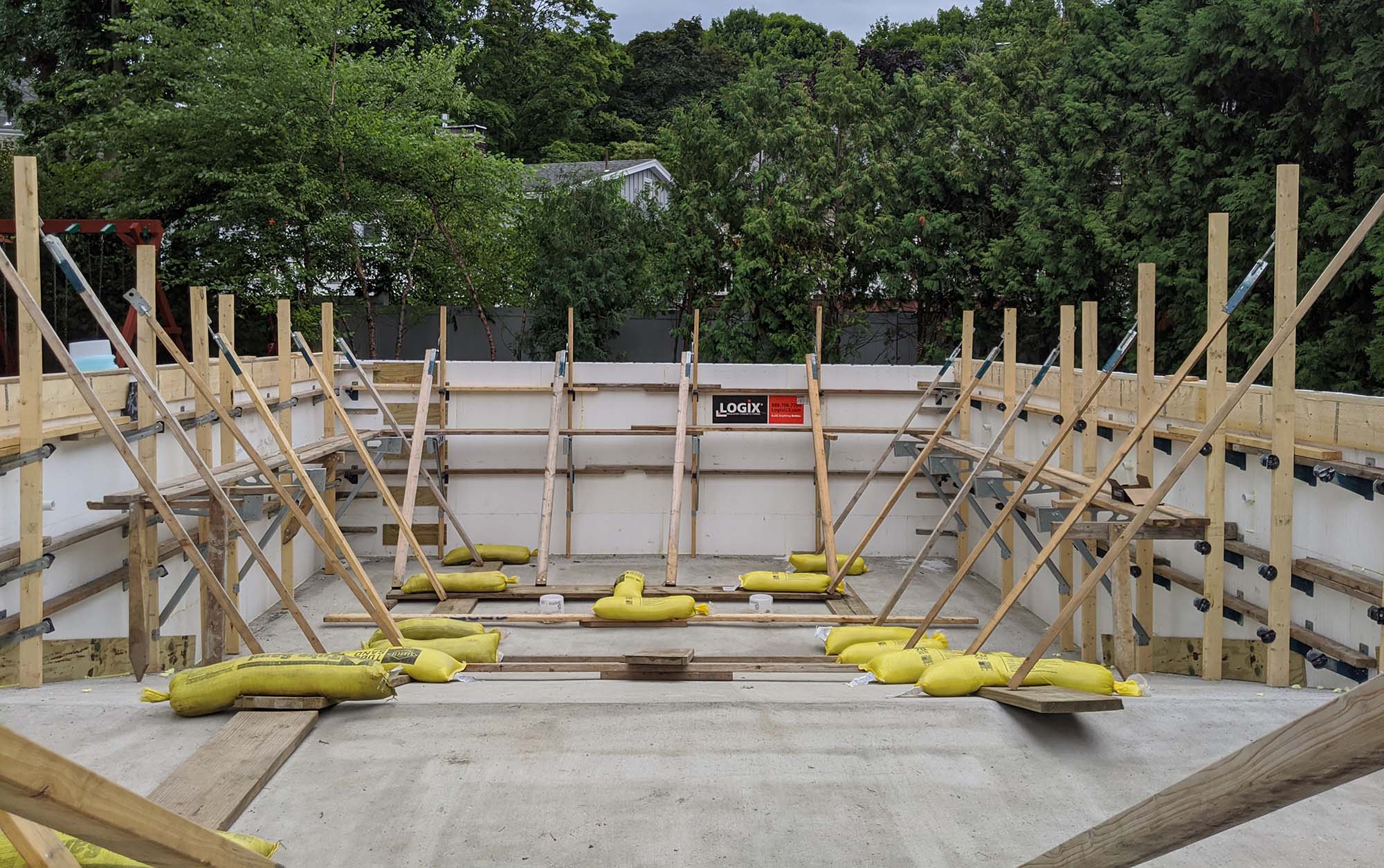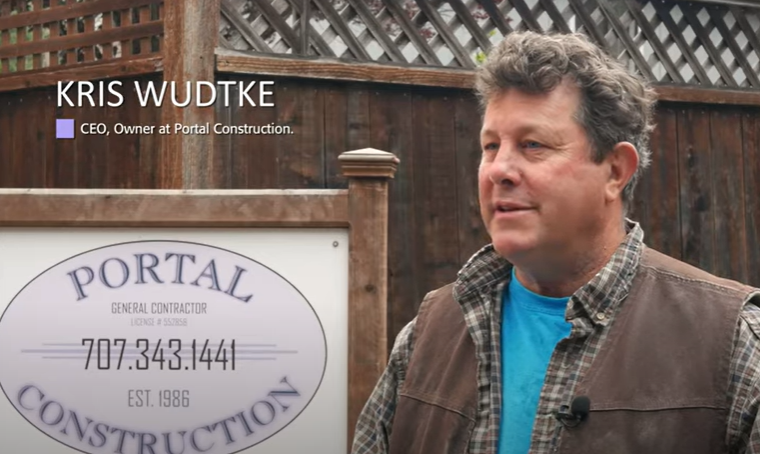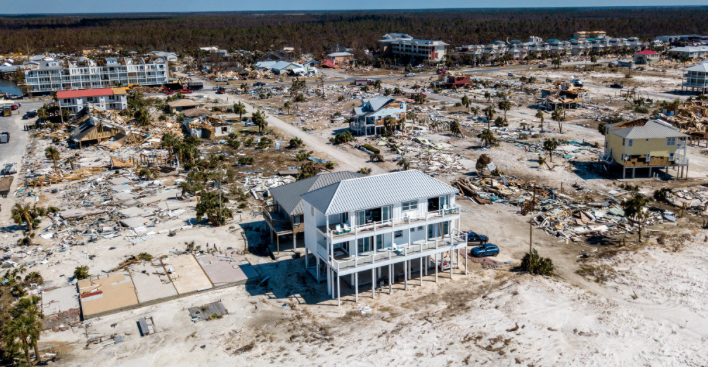4 Benefits of Using ICFs for Building Swimming Pools
ICFs are gaining popularity as the material of choice for basements and above grade walls. But did you know that insulated concrete forms are also the ideal solution for building swimming pool walls? Logix ICFs provide both the pool builder and user with several key benefits, including energy efficiency, design versatility, and ease of installation. In the post below, we will examine these most crucial advantages of ICF swimming pools in greater detail. 1. Reduce Reliance on Skilled Labor Logix ICF Being Installed For Pool Walls You don’t need specialized, skilled laborers to build swimming pools with ICFs. ICF construction is a relatively straightforward building technique, and a local crew experienced with ICFs should be up to the task of constructing an ICF pool with speed and quality. That’s because ICFs are essentially stay-in-place forms, which are incredibly easy to erect and modify to suit the design at hand. This ability to build pools without skilled labor means that you can execute your projects cheaper and faster, especially given the current, persisting skilled worker shortage. What’s more, there’s no need to risk your project schedule by placing your trust in unpredictable supply chains and ordering rare, exotic building [...]












